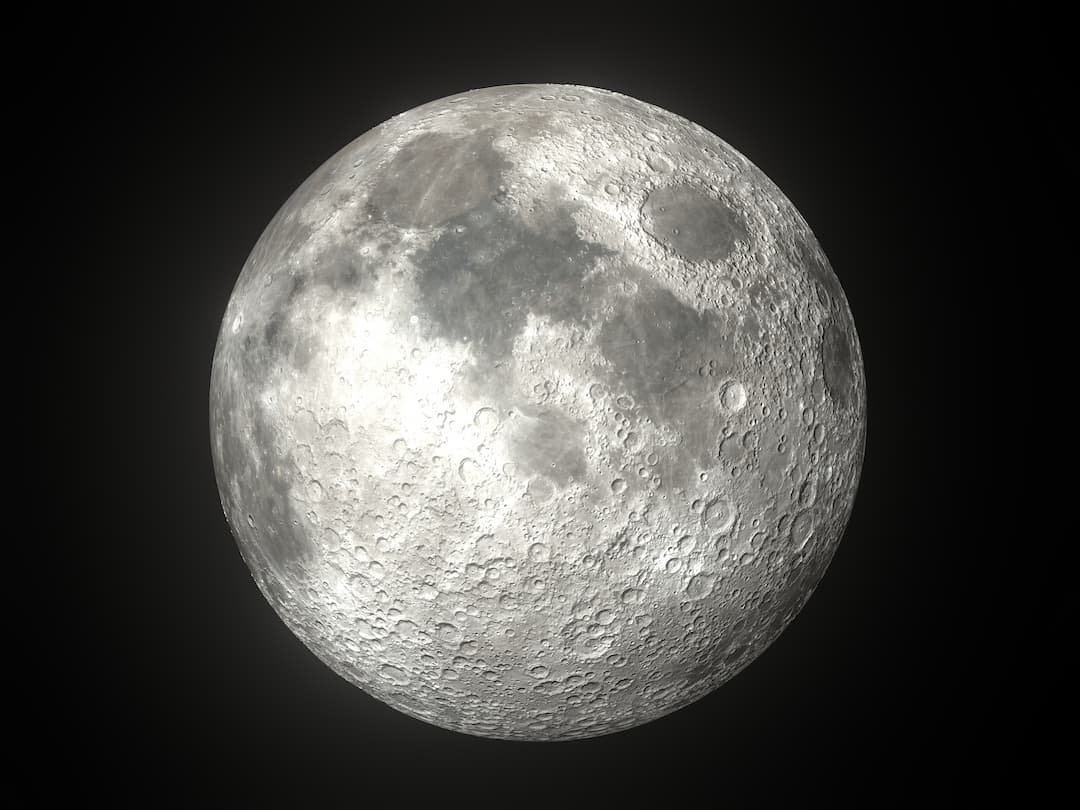
You’ve no doubt heard some of the many myths about our moon over the years and we’re here to bust some of them for you - spoiler alert: It’s not made of cheese, sorry!
-
The moon isn’t to blame for bad behaviour - Full moons have for a long time been blamed for odd or even criminal behaviour. Did you know that in the 18th century, people on trial for murder could (and sometimes would) campaign for lighter sentences if it happened under a full moon.
-
The moon does not emit light - Despite appearances, the moon emits zero light at all. It purely reflects the light of the sun. Sunlight is actually composed of all arrays of colours, but it peaks on the yellow-green range of the spectrum; so because of the way our eyes and brains react to these colours it looks like a bright white beacon in the sky. It’s actually more of a grey colour.
-
The moon does have gravity - Only a tiny bit but it is there. The moon’s gravity is only about one sixth of Earth’s gravity.
-
A supermoon doesn’t cause natural disasters - A supermoon happens when the moon gets closer to earth on its elliptical path which in turn means a slightly greater gravitational pull on Earth. When this happens, the Moon exerts 42% more force on Earth which means tidal forces will be at their lowest or highest during this time.
However, some believe this can also cause Tsunamis and Earthquakes, but scientists have been able to say, from all of their research, this isn’t the case.
Fun facts about the Moon!
A few fun facts to add to your knowledge:
- It’s located around 384,400KM from Earth
- It’s smaller than Earth, measuring up at just over a quarter of the size of our planet.
- It has zero atmosphere and it’s temperature ranges from a very hot 127 degrees celsius to an incredibly chilly -173 degrees celsius.
- Every year the Moon moves around 4cm further away from Earth.
- A day is as long as a year on the Moon. It takes 27 days for the Moon to orbit Earth and it also takes 27 days for the Moon to rotate just once on its axis. Now that IS a long day.
So there you have it, Moon myths busted and fun facts learned. Ready to make your own memorable mark on the night sky? Name your very own star with us here today.
